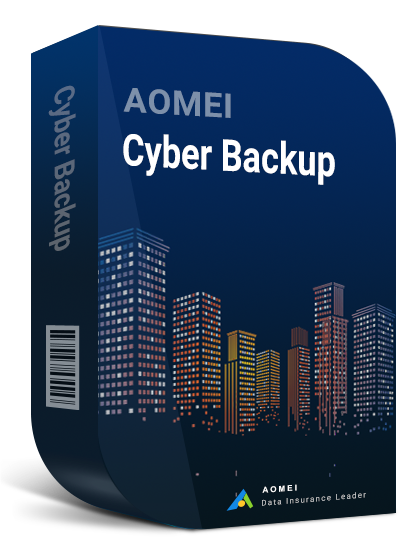Understanding the Need for Backup
The increasing risk of data loss due to various factors highlights the importance of having a reliable backup system in place. Whether it's due to hardware failure, accidental deletion, or malicious attacks, losing valuable data can be devastating. A USB drive provides a convenient and portable option for securing your important files.
Factors to Consider When Choosing a USB Drive for Backup
When it comes to selecting a USB drive for backup, several key factors should be taken into consideration. Making the right choice ensures that your backup solution meets your specific needs and provides reliable storage for your valuable data. Here are the essential factors to consider:
Storage Capacity:
The primary consideration when choosing a USB drive for backup is its storage capacity. Assess your data volume and future storage needs. USB drives come in various capacities, ranging from a few gigabytes (GB) to several terabytes (TB). Select a capacity that accommodates your current data and allows room for future growth.
Speed and Transfer Rates:
The speed at which data is transferred between your computer and the USB drive is crucial, especially for larger files. Look for USB drives with high read and write speeds to ensure efficient data transfer. This is particularly important if you regularly work with large media files or perform frequent backups.
Durability and Reliability:
Consider the durability and reliability of the USB drive, especially if you plan to carry it with you or use it in various environments. Some USB drives are designed to be more robust, featuring rugged casings that provide protection against physical damage and water resistance.
How to Use a USB Drive for Efficient Backups
Using a USB drive for efficient backups is a straightforward process that can safeguard your data and provide a convenient storage solution. Here's a step-by-step guide to help you set up and use a USB drive for backups:
1. Select a Reliable USB Drive:
Choose a high-quality USB drive with sufficient storage capacity based on your backup needs. Ensure it's compatible with your computer's USB port.
2. Connect the USB Drive to Your Computer:
Plug the USB drive into an available USB port on your computer. Wait for the system to recognize and configure the drive.
3. Format the USB Drive (If Necessary):
Before using the USB drive for backups, check if it requires formatting. Formatting ensures compatibility and prepares the drive for data storage.
4. Organize Your Data:
Create a structured organization for your data on your computer. Group files and folders logically to make the backup process more efficient.
5. Select Backup Software (Optional):
While not mandatory, using backup software can streamline the process. Some USB drives come with built-in software, or you can choose third-party solutions for automated backups.
6. Manually Copy Important Files:
If you prefer a manual approach, copy and paste your essential files and folders directly to the USB drive. Ensure you update the backup regularly to include new or modified files.
7. Automate the Backup Process (Optional):
For convenience, set up an automated backup schedule if using backup software. This ensures that your data is consistently backed up without manual intervention.
8. Eject the USB Drive Safely:
Before physically disconnecting the USB drive, ensure you eject it safely from your computer. This minimizes the risk of data corruption and ensures all files are closed.
9. Store the USB Drive Securely:
When not in use, store your USB drive in a secure and dry location. Protect it from physical damage and extreme temperatures to prolong its lifespan.
10. Label and Identify Your Backups:
Clearly label the USB drive to identify its purpose and the data it contains. This makes it easy to locate specific backups when needed.
11. Regularly Update and Review Backups:
Periodically review your backups and update them as needed. Remove unnecessary files and ensure that all critical data is up to date.
12. Test the Restoration Process:
Occasionally, test the restoration process to ensure that you can retrieve your data from the USB drive successfully. This confirms the effectiveness of your backup strategy.
13. Consider Offsite Storage (Optional):
For added security, consider keeping a copy of your USB drive backups in an offsite location, protecting against events like theft or natural disasters.
14. Monitor Available Storage on the USB Drive:
Keep an eye on the available storage space on the USB drive. Upgrade to a larger capacity drive if necessary to accommodate growing data.
15. Update Backup Strategy as Needed:
As your data storage needs evolve, revisit and update your backup strategy. Adjust the frequency and scope of backups to align with changes in your digital landscape.
By following these steps, you can efficiently use a USB drive for backups, ensuring the safety and accessibility of your important data whenever you need it.
Frequently Asked Questions (FAQs)
- Are USB drives a secure option for backups?
- What storage capacity should I choose for my backup needs?
- How often should I update my USB drive backups?
- Can I use a USB drive for both Windows and Mac backups?
- What precautions should I take to prevent data loss from a USB drive?
Conclusion
In conclusion, choosing the right USB drive for backup is a critical step in ensuring the safety of your valuable data. By considering the factors discussed in this article and exploring the top picks, you can make an informed decision tailored to your specific needs.



